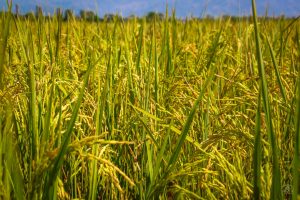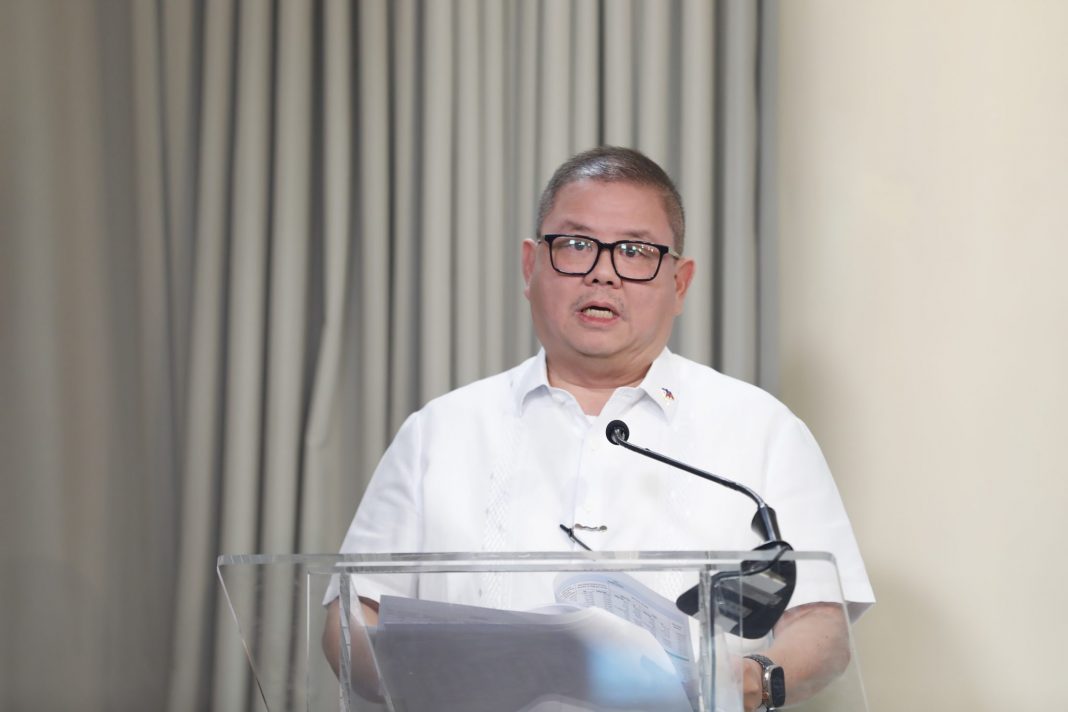The sharp drop in palay prices amid record-high production has prompted President Ferdinand Marcos Jr. to seriously consider suspending rice importation and immediately raising tariffs, Agriculture Secretary Francisco P. Tiu Laurel Jr. said.
According to Tiu Laurel, increasing the rice import tariff from the current 15 percent could help curb excessive imports while generating much-needed revenue to support programs that boost local farmers’ productivity and competitiveness.
“This is a delicate balancing act between our duty to protect rice farmers from those who undervalue their produce and ensuring consumers have access to affordable rice,” the Secretary said.

Tiu Laurel also expressed gratitude to House Agriculture Committee Chairman and Quezon Rep. Mark Enverga for providing valuable insights as the Department of Agriculture (DA) finalized its position on the palay issue.
Congressman Enverga likewise pledged support for proposed amendments to the Rice Tariffication Law (RTL), which aim to restore the regulatory powers of the National Food Authority (NFA) and grant the DA greater flexibility in managing rice supply and pricing.
Enacted in 2018 to liberalize rice importation, the RTL empowers the President to halt imports under specific conditions. Section 3, as amended by Republic Act No. 12078 last December, allows the President to suspend or prohibit further importation “when there is an excessive supply of imported or locally produced rice resulting in an extraordinary decrease in local prices.” The suspension may apply for a specific period or volume until supply and prices stabilize.
While the agriculture chief supports a gradual increase in tariffs—initially to 25 percent, then up to 35 percent—to avoid disrupting the rice value chain and harming consumers, he stressed that the final decision rests with President Marcos.
In July 2024, President Marcos reduced rice tariffs to 15 percent to provide relief to consumers amid soaring world prices at that time. That move, along with other DA initiatives—including the implementation of a maximum suggested retail price for imported 5 percent broken DT8 rice starting January—helped bring down prices of imported rice from over P60 per kilo to around P43 per kilo today.
Globally, bumper harvests—as well as lifting of India rice export ban, a record-breaking 9.08 million metric tons of palay produced by the Philippines in the first half of the year—have put downward pressure on prices, particularly from exporting countries. From over USD700 per metric ton, Vietnamese rice DT8 variety which is the main type that is now widely favored by the philippine market now sells for USD470 per ton, freight-on-board as of last week.
With cheaper imports flooding the market, reports indicate that some private traders are now buying palay for as low as P8 to P10 per kilo—well below the production cost of P12 to P14 per kilo. Farmers have attributed this sharp decline to the influx of cheaper imported rice.
Currently, the landed cost of 5 percent broken imported rice has dropped to about P35 per kilo—or even lower in some cases.




